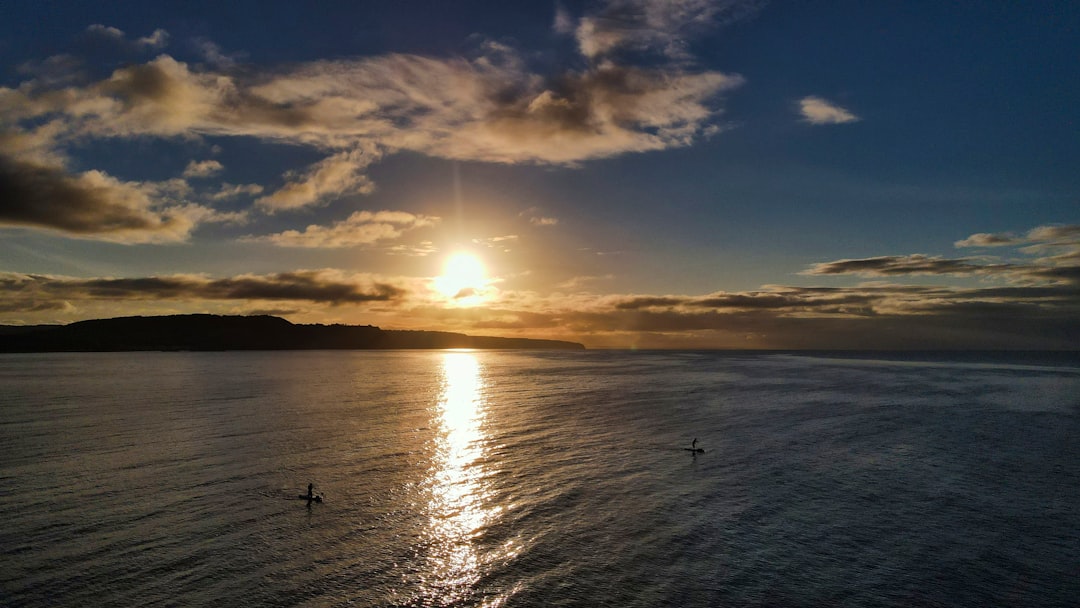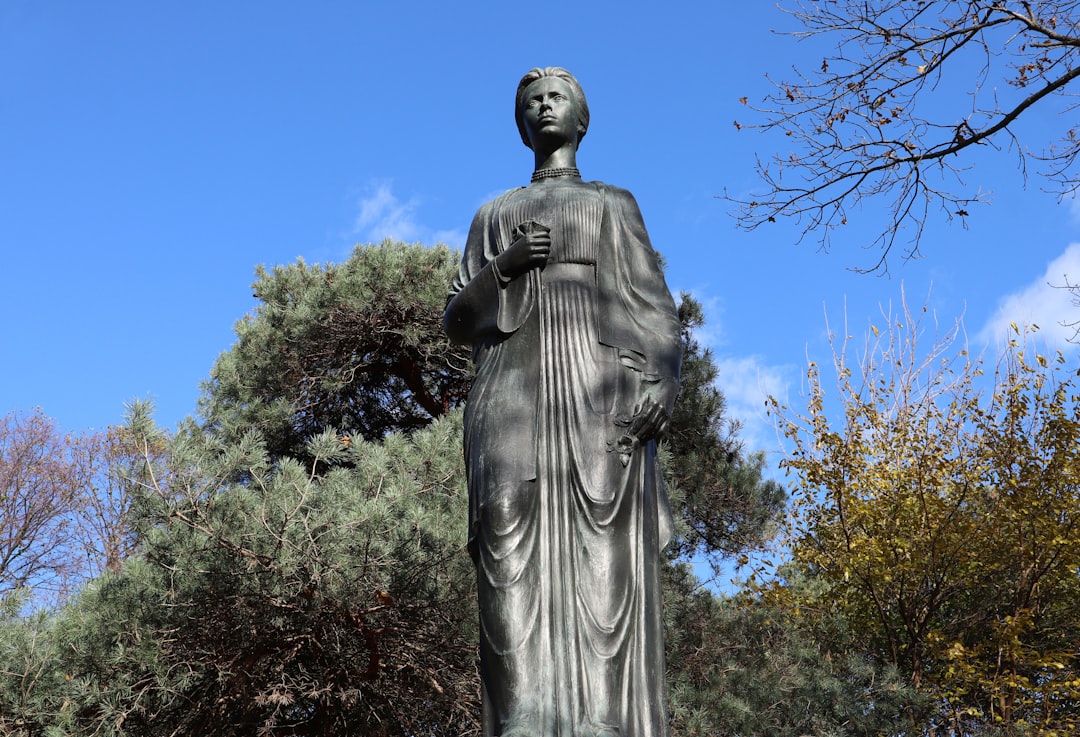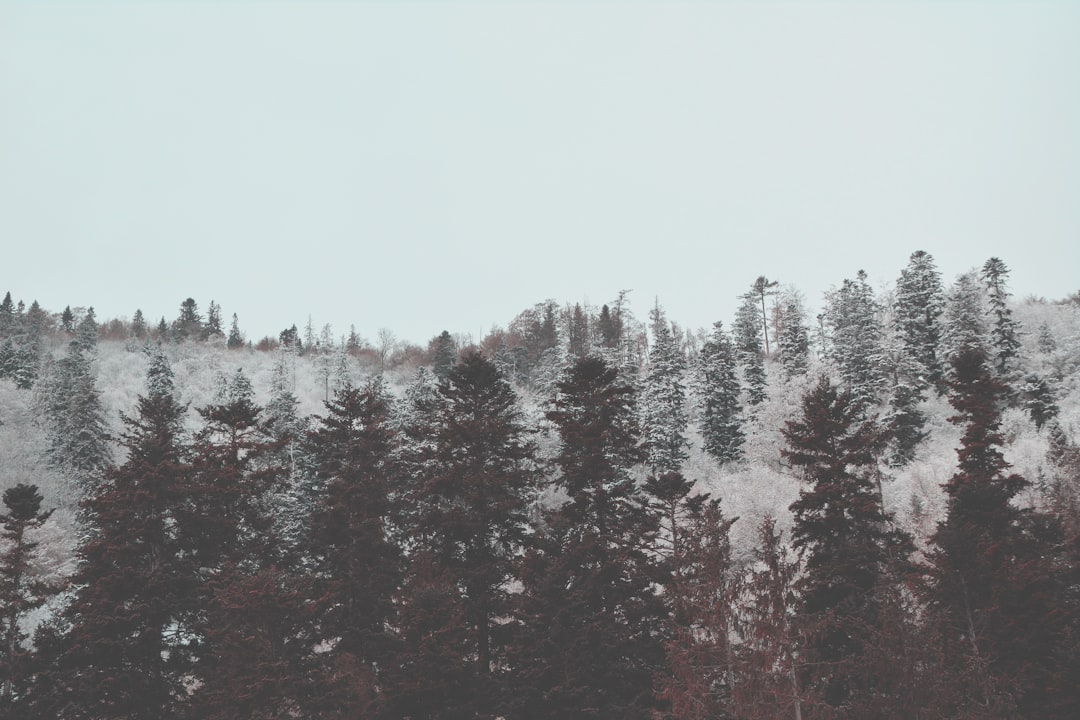How to Use Fill Flash
Why You Should be Using Fill Flash
You may have heard that there are a number of reasons why you should be using fill flash, and I’ll go over those in this post. I also want to talk about the settings you should use when using fill flash. Why Use Fill Flash? It’s not that hard to understand why you should be using fill flash. It’s there for a reason, right?
The Fill flash feature on your camera is a great aid when it comes to getting a photo where both eyes are in focus. As the name suggests, this setting lets the light from the flash fill in any gaps in your subject’s face. This technique is used in situations such as when you are shooting a portrait and want to get both eyes in sharp focus. However, there are other uses for fill flash and we thought we … Read the rest






